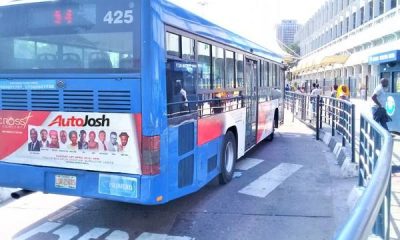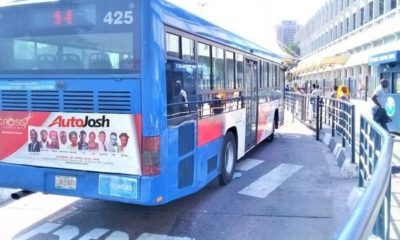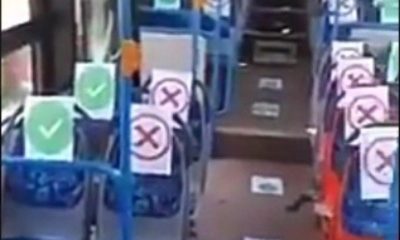
The Gov. Akinwunmi Ambode-led administration is currently constructing a BRT lane along the Oshodi-Abule Egba route. The route is along the Abeokuta-Oshodi expressway.
The intention of the BRT project on that route is to ease commuting by residents around t that axis.
These days, heavy traffic congestion are experienced on various portions of that route, especially during peak periods. They usually are noticed at location such as Sango, Iyana Ipaja, Egbeda and other areas that merge onto the highway.
Indeed, the construction works there has brought a great deal of discomfort to commuters that ply that route.
Commuters often express concerns about a number of issues as it relates to the BRT lane being constructed.
For instance, they wonder why the road, which is not wide enough for vehicles, is being reduced from five to two lanes, since there was not going to be any expansion.
Another common concern is where, at the middle of the road, will the BRT buses be parked to discharge and load passengers.
In addition, concerns are expressed about where the beams, or pillars, of the various bridges, that are being constructed along the road, will be placed.
Anyway, in order to explain and provide answers to some these questions and concerns, Autojosh presents 10 Things You Need to Know About The Oshodi-Abule Egba BRT Route.
- The Oshodi-Ebule-Egba route is one of the highest traffic corridors in West Africa.
- The Oshodi-Ebule-Egba BRT route project will span 14 kilometres – from Oshodi to Abule-Egba,
- The BRT route will stretch across four (4) local government areas. They include, Alimosho, Oshodi-Isolo, Ikeja and Agege.
- When completed, that BRT corridor will be used by about 240 high capacity BRT buses that will seat 42 people with others standing.
- These buses will move about 450,000 passengers daily. With future increase in the number of buses, this figure is expected to increase.
- The BRT corridor on that route will have a special median lane. The two lanes would use a common platform to load.
- There would be 14 pedestrian bridges in all proposed 14 bus stations.
- The footbridges would both take the passengers into the bus shelters and across the highway using special buses with doors to the left to make it possible for the buses to share common platforms at the bus stops.
- The engineering designs would take care of the beams of bridges. For instance, the roads will be expanded around pillars of existing bridges, around bus shelters with passing lanes to accommodate traffic and that future expansion of the expressway was possible.
- Despite the construction of the BRT routes, the width of the roads will remain standard. A standard road is 3.1 or 3.2 metres wide. The road will only appear insufficient due to the careless way we drive in Nigeria. That notwithstanding, it is still part of the plan to widen the roads in areas where there is need to.
- Walkways would be constructed to ensure the safety of pedestrians.
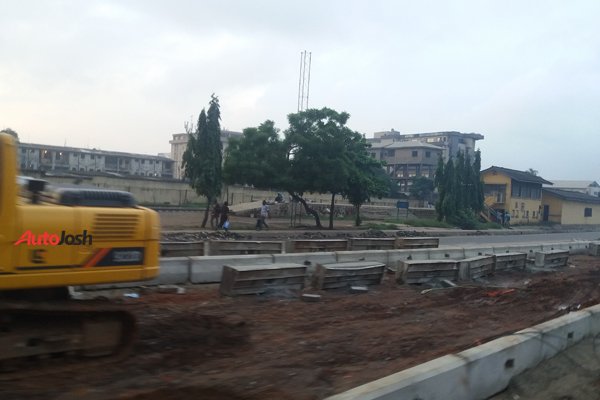


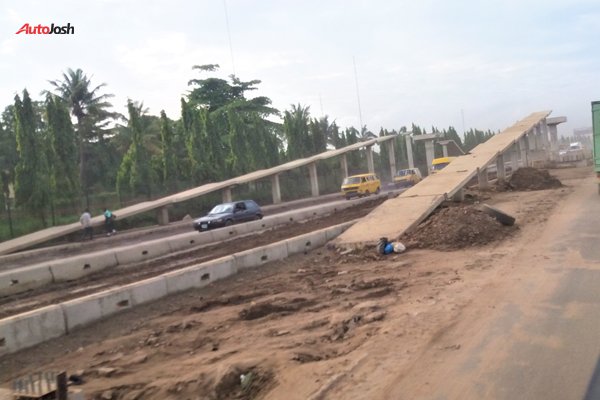

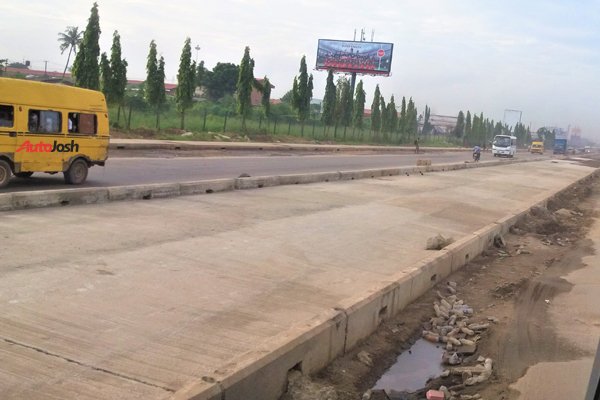
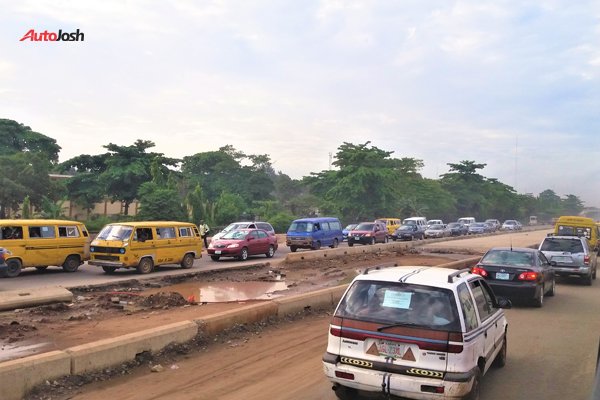
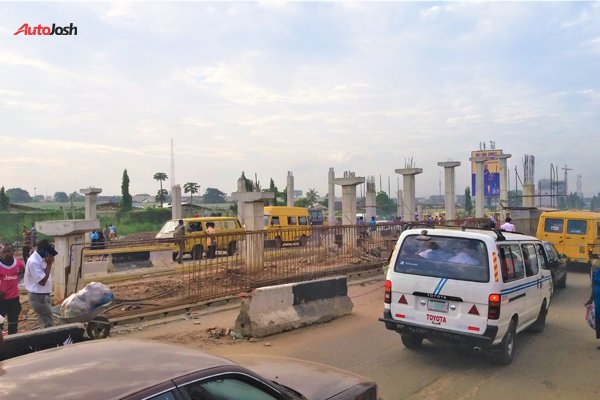
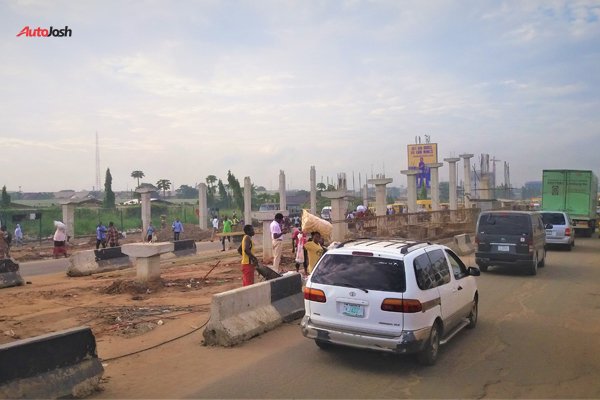
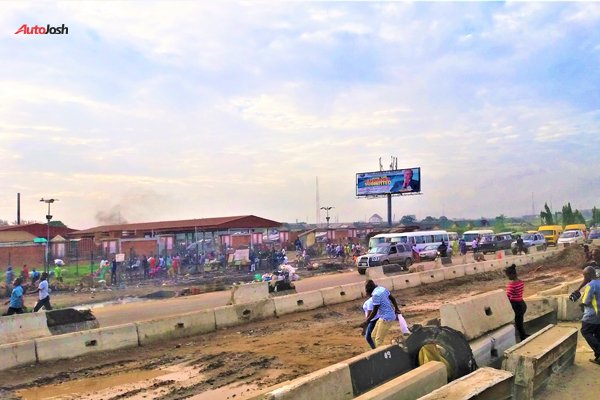
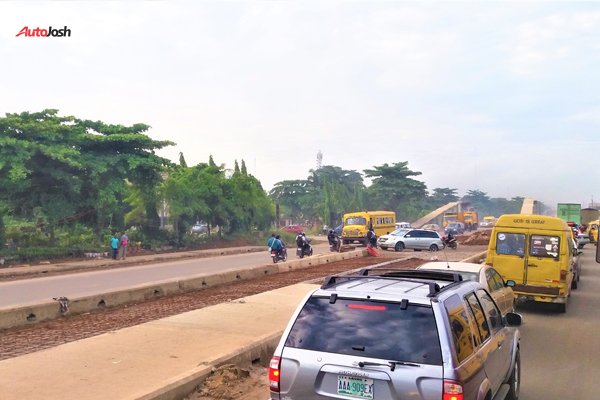
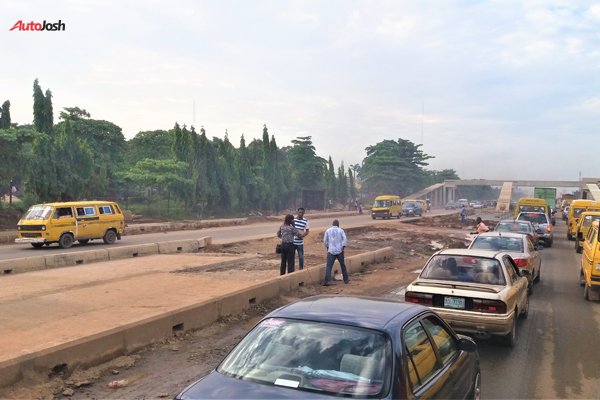
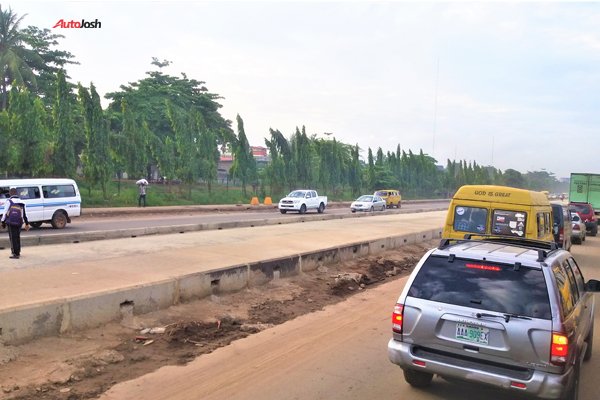
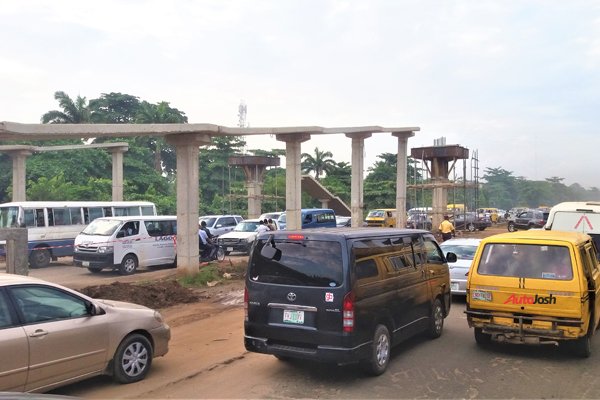

 News1 week ago
News1 week ago
 News7 days ago
News7 days ago
 Celebrities Auto7 days ago
Celebrities Auto7 days ago
 News5 days ago
News5 days ago
 News1 week ago
News1 week ago
 News5 days ago
News5 days ago
 Concept Cars7 days ago
Concept Cars7 days ago
 Celebrities Auto6 days ago
Celebrities Auto6 days ago






















